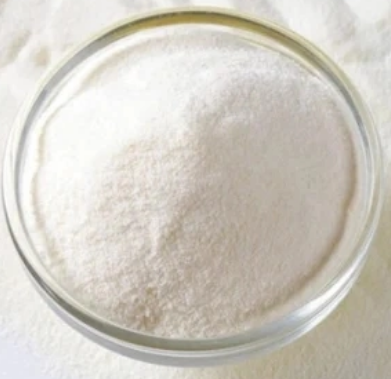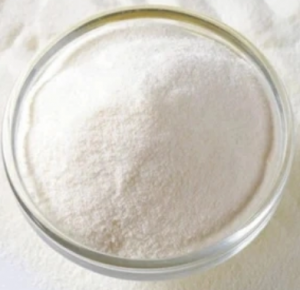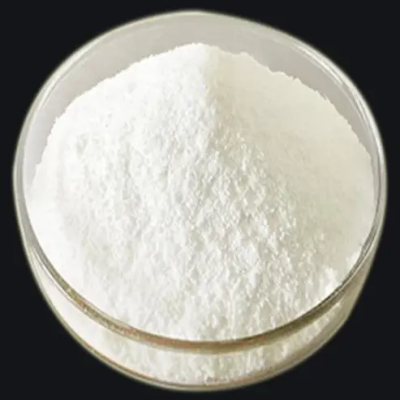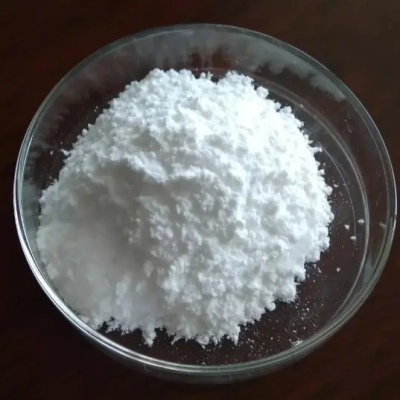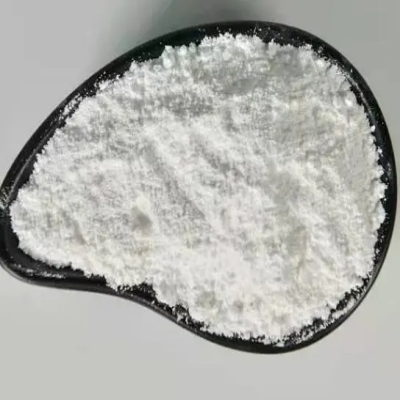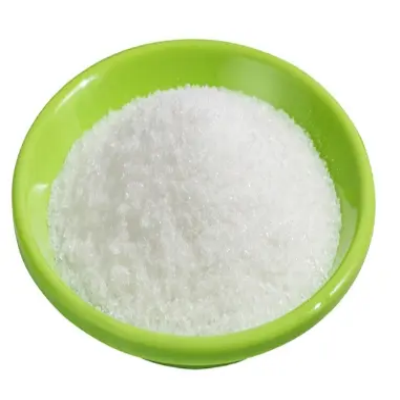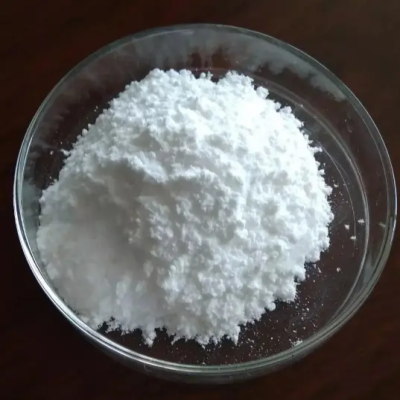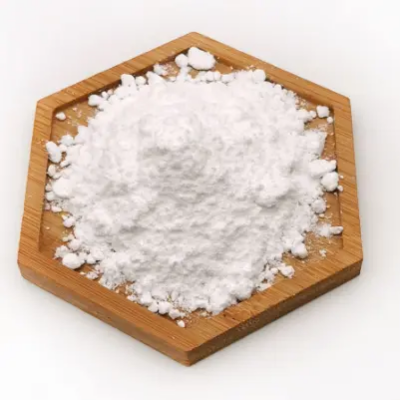PUROMYCIN DIHYDROCHLORIDE CAS:58-58-2
Effect on Protein Synthesis: Puromycin resembles the 3'-end of aminoacyl-tRNAs and can enter the A-site of ribosomes during translation. Once incorporated, it causes premature termination of protein synthesis, resulting in the release of truncated polypeptides. This makes puromycin a useful tool for studying protein synthesis and turnover rates in cells.
Selection Marker: Puromycin is often used as a selection marker in genetic engineering experiments. Cells that have been successfully transfected or transduced with a desired gene or genetic modification are made resistant to puromycin by incorporating a puromycin resistance gene. The addition of puromycin in cell culture selects for only the cells that express the resistance gene, enabling the isolation and propagation of genetically modified cells.
Analysis of Protein-Protein Interactions: Puromycin can be conjugated to specific affinity tags or antibodies to study protein-protein interactions. By crosslinking the interacting proteins with puromycin, it is possible to stabilize and isolate these protein complexes for further analysis.
Study of Virus Replication: Puromycin can be used to study virus replication in cell culture. By adding puromycin to virus-infected cells, new viral protein synthesis can be halted, allowing researchers to investigate the role of specific viral proteins in the replication cycle.
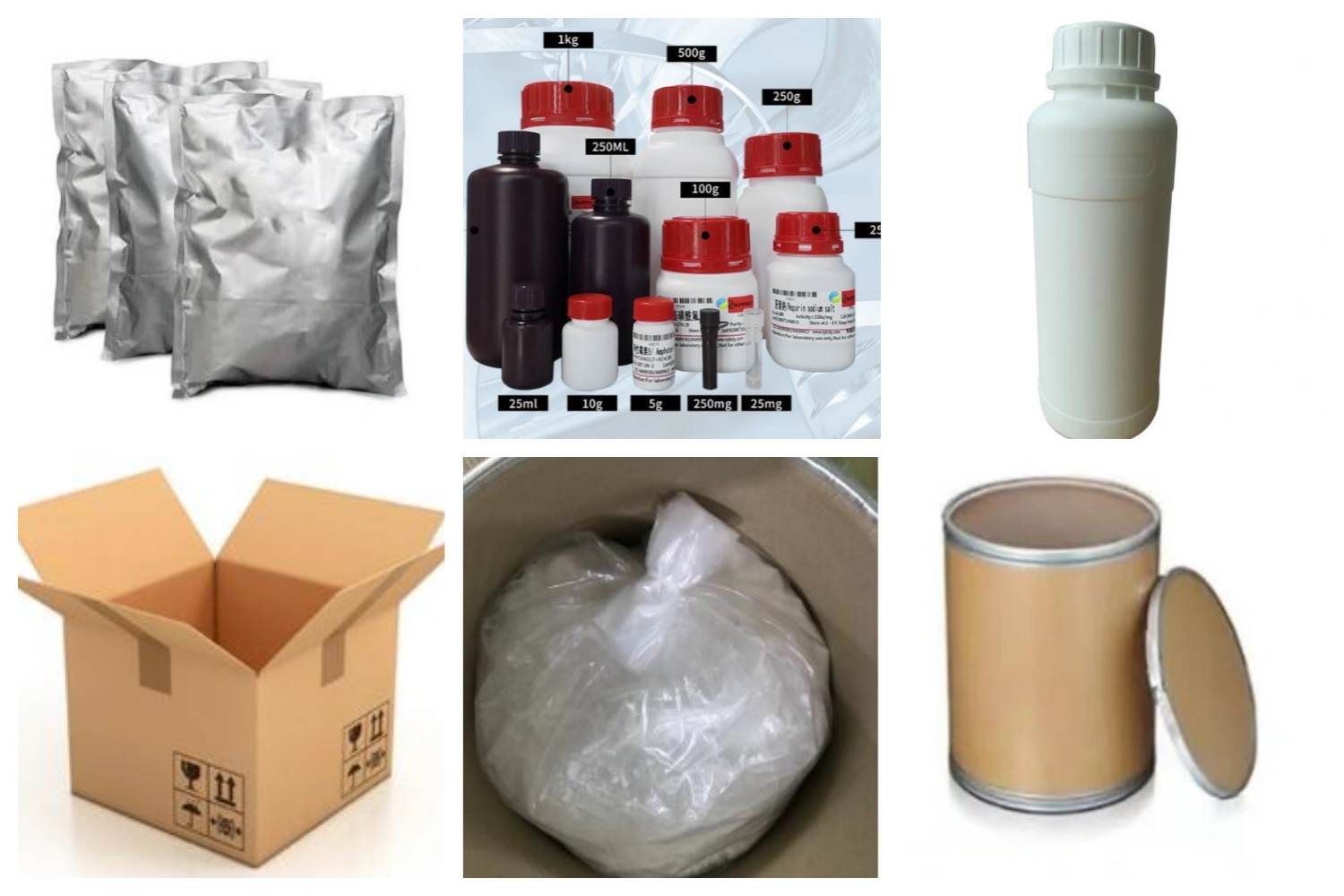
| Composition | C22H30ClN7O5 |
| Assay | 99% |
| Appearance | White crystal powder |
| CAS No. | 58-58-2 |
| Packing | Small and bulk |
| Shelf Life | 2 years |
| Storage | Store in cool and dry area |
| Certification | ISO. |


